by Antonio Carlos Ruiz Soria
Cultural Heritage, on its many shapes and forms (tangible, intangible, natural and digital heritage), plays an important role in building Europe’s future as the future of each citizen living in, and contributes to the fulfillment of Europe’s 2020 Strategy, generating sustainable and inclusive development, employment and entrepreneurship opportunities, harnessing education, conservation and valorization of the environment.
The Policy Area Culture, one of 13 priorities of the EU Strategy for the Baltic Sea Region (EUSBSR), recognizes that ‘The Baltic Sea Region has an outstandingly diverse and attractive cultural life and a cultural heritage of great value’ and ‘It is essential to promote BSR culture and creative industries and to showcase the BSR as a common cultural region in order to make the most of these assets.’
One of the key tools to achieving these objectives is an Audience Development Plan, a route-map for cultural heritage sites, cultural managers and creative entrepreneurs to increasing the commitment of their existing audience and stakeholders; attracting wider audience, disable people, and other minority groups; and providing a more enriching experience. It is important to remark that an Audience Development Plan is much more than a ‘communication strategy’; in fact, it can include aspects of marketing, commissioning, programming, education, customer care and distribution, foster project development and entrepreneurship, co-creation with the audience, etc.
In order to provide guidelines and showcase best practices of innovative interfaces and interaction for the communication, promotion, and dissemination of Cultural Heritage, especially in the context of the EYCH 2018 Economía Creativa designed and development the research project ‘Cultural Heritage Innovative Audience Development’. To identify these best practices, an online questionnaire has been launched. Twelve best practices from twelve European countries have been identified, including projects from the Baltic Sea Region (Poland, Sweden and Germany) and projects from other European countries that can provide insight and inspiration for the cultural heritage in the Baltic context (Italy, Spain, Portugal, Croatia, UK, Romania, Czech Republic, Greece and Hungary). On the following teaser video created by Justyna Molendowska-Ruiz are summarized the 12 best practices: https://www.youtube.com/watch?v=ZcIeLkEmXWs&t=18s.
The best practices identified provide a rich insight into how cultural heritage can empower endogenous development, community and territory integration, generate employment and harness entrepreneurship opportunities, once being a source for non-formal and informal learning and enhancing intergenerational exchange and dialogue between local citizens and tourists. Among the common elements identified across the best practices are:
- co-creation of the cultural heritage development strategy (including audience development);
- cross-sectoral perspective
- importance of social media storytelling to communicate with target audiences and of alternative methods to reach out key demographics
- technology tools enabling new ways of experiencing heritage
- public-private partnership and stakeholders’ cooperation.
Key findings from the research were presented at 7th PA Culture Strategic Development Workshop – focus on Cultural Heritage & Digitalization organized by Ministry of Culture – Poland and EU Strategy for the Baltic Sea Region in cooperation with the Council of the Baltic Sea States Secretariat and the Baltic Region Heritage Committee, that has been held in Gdansk, Poland, 8-9 March 2018 and the whole report can be obtained from Economía Creativa.
________________________
* Antonio Carlos Ruiz Soria (Antonio.ruiz@economiacreativa.eu) is the Principal Researcher, Economía Creativa, www.economiacreativa.eu . The present article highlights key findings from research project ‘Cultural Heritage: innovative audience development best practices’ conducted by Economía Creativa in the context and inspired by the European Year of Cultural Heritage 2018 (EYCH), with focus on the Baltic Sea Region.
** The EU Strategy for the Baltic Sea Region (EUSBSR), adopted in 2009, is the first Macro-regional Strategy in Europe. It is an agreement between the EU Member States and the European Commission aiming at strengthening cooperation between the countries bordering the Baltic Sea. The EUSBSR is divided into three objectives: save the sea, connect the region and increase prosperity. The key focus of the EUSBSR is on joint problem-solving and the many opportunities that regional cooperation provides.
“Let’s Communicate!” project, which functions as the Communication Point of the EUSBSR, launches a series of articles focused on EUSBSR priorities in order to promote the success stories and cooperation within the Strategy framework. The project is co-funded by the Interreg Baltic Sea Region Programme.
By Marta Czarnecka-Gallas, Let’s Communicate!

 Deutsch
Deutsch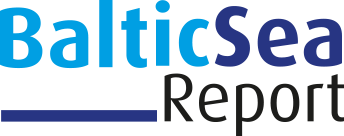
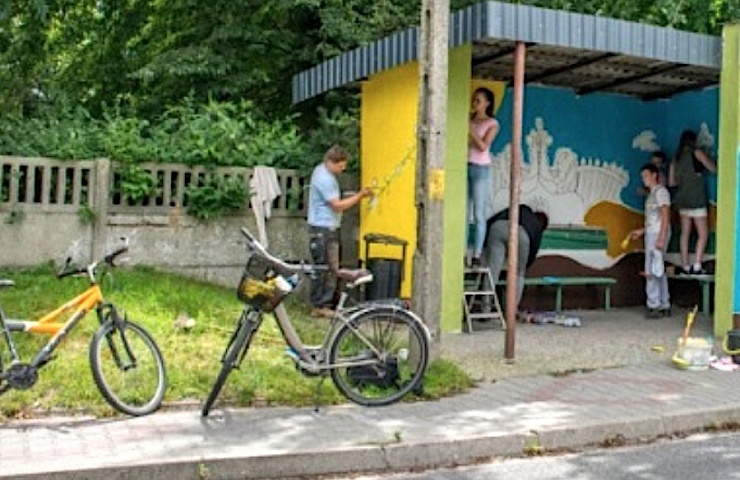
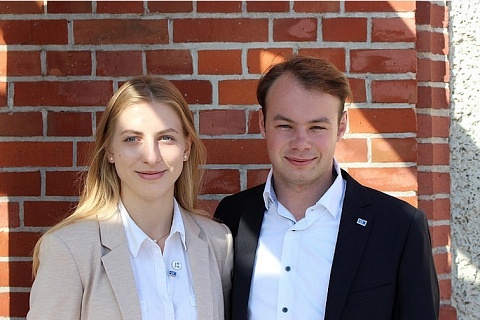
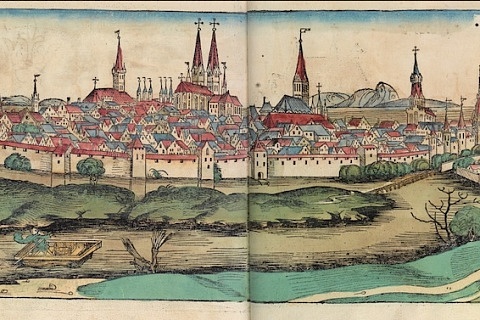
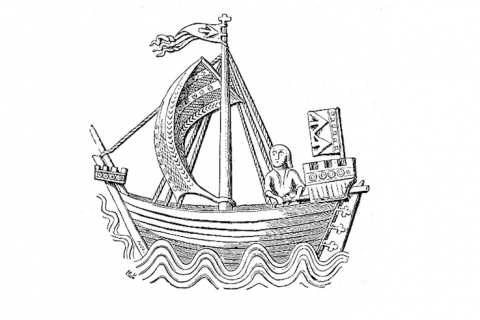
Leave a Reply